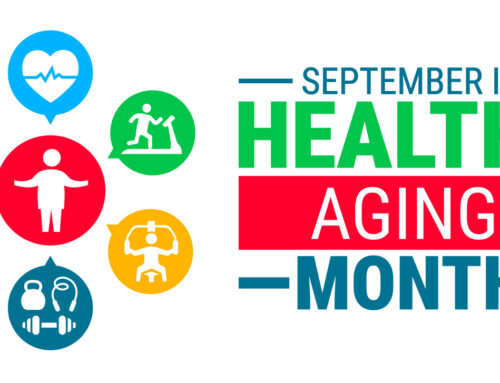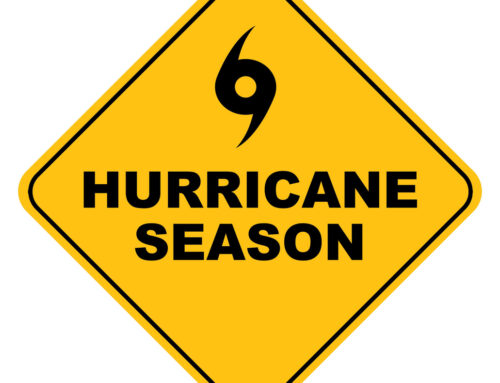Determining a long-term-care plan for elderly family members
As family has become more spread out, often living across the state – or even an entire country away from each other – it is not uncommon for people to end up caring for elderly relatives long-distance. This may even describe your circumstances. You may have taken over management of finances, seeing to medical needs, arranging for in-home care, or overseeing care in an Assisted Living Facility (ALF) or nursing home for your parents, grandparents, or other relatives.
According to the MetLife/National Alliance for Caregiving report “The number of people 65 or older who have moved from one state to another has increased 65% in the last decade … Around 34 million Americans are providing care for older family members, and 15% of them live one or more hours away.”
In many ways, these long-distance caregivers are having to manage two households. According to the National Institute on Aging, “Caregiving, no matter where the caregiver lives, is often long-lasting and ever-expanding.”
If you do live some distance away, how can you best see to the needs of elderly relatives? We’ve put together some information that may help.
First: Assess the situation
If your family members are still living in their home, you’ll need to Investigate whether or not there are any issues. Regular phone calls are essential, but be aware that you may not get true answers that way. Your relatives may downplay or deny any problems due to pride or fear of losing their independence. So, you might ask trusted neighbors, local relatives, friends, or other people who see them a lot for their assessment of the situation.
If you can, visit in person. Before you go, we recommend you make a list of things to assess. The questions below are a good start:
Are they capable of getting out of the house on their own?
Is the house dirty when it was always clean before?
Is there laundry piling up?
Are there stacks of mail, including a lot of unopened bills?
Is there enough food in the house? What is the condition of the refrigerator and cabinets?
Does it appear they are remembering to take medications?
Have they missed medical appointments?
How is their personal hygiene/appearance?
Is there a change in their weight?
Do they seem shaky or unstable like they might fall? Have they fallen recently or been hurt?
Are there signs on incontinence or the smell of urine in the house?
Do they seem aware of their surroundings? Do they recognize people easily?
Have they gotten lost in familiar places?
Do they appear withdrawn or depressed?
Once an assessment has been made, if it becomes clear that something must be done for their safety or health, you must then determine both an immediate and a long-term care plan. Is your family member capable of staying in the house for now, but with extra assistance? Will they need in- home care to see to their medical needs or help with normal activities like bathing, dressing, cooking, cleaning or transferring from bed to chair or sitting to standing? Are they still fit to drive? Or do you need to talk about moving them to an assisted living facility?
More things to consider:
Get together – Plan a family meeting so that everyone involved can discuss the issues and then determine the best course of action.
Determine a primary caregiver – If there is more than one family member involved, it is best to have one person be the designated contact, especially if there is an emergency situation and decisions need to be made quickly. You can still divide up duties, if possible, so that one person is not overwhelmed taking care of everything all the time. NOTE: Legally, this person needs to have written permission to receive medical and financial information.
Understand that this will make demands on your time and family – You may have to make adjustments in your schedule in order to give adequate care. This is especially true for those who are “sandwich caregivers” or people who are supporting older relatives and their own families.
Consider the financial impact on everyone – The MetLife study reported that long-distance caregivers spend an average of $193 per month on loved ones — from medications to home upkeep — and $199 per month in travel and phone expenses.
Get organized – Make sure you organize important documents, including: financial statements; real estate/property deeds; insurance policies; advanced directives, medical power of attorney and wishes for medical care in the event of an incapacitating illness; and legal documents such as wills and trusts. It is often necessary to go in person and have both parties present in order to add another person to bank or other financial accounts. Contact the financial institutions to determine what is legally required.
Do your homework – Look into resources for elder care in the area where your relatives live.
Consider if a move is the best course of action – In some cases, it may be necessary to move your family members closer to you. This can make things easier on everyone, although the stress of a move can be confusing for the elderly.
You can care for older family members over long distance. It simply takes planning, vigilance, patience, and a little help.
Check out our related blogs:
6 signs you should be concerned for your senior’s safety at home
4 tips for checking in with your loved one’s home health provider
If you are looking for home health care in South Florida, whether hourly, daily, or overnight, give us a call anytime at 877-618-3624 or fill out our online contact form. We have been providing the highest level of service and attention to clients in Broward, Palm Beach, St. Lucie, Indian River, and Martin Counties since 2000.
 AVAILABLE 24 HOURS A DAY/7 DAYS A WEEK
AVAILABLE 24 HOURS A DAY/7 DAYS A WEEK Careers
Careers







